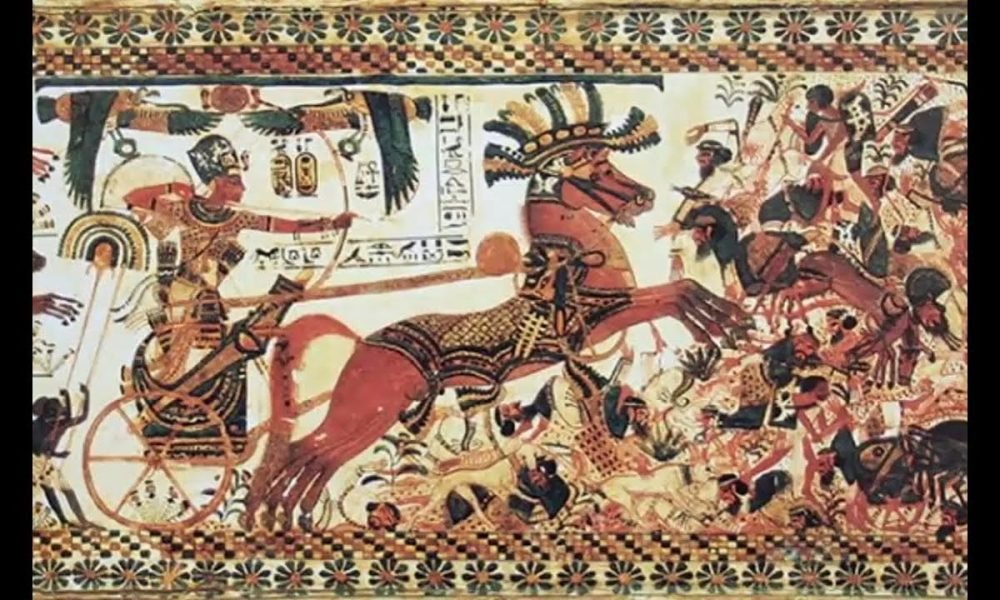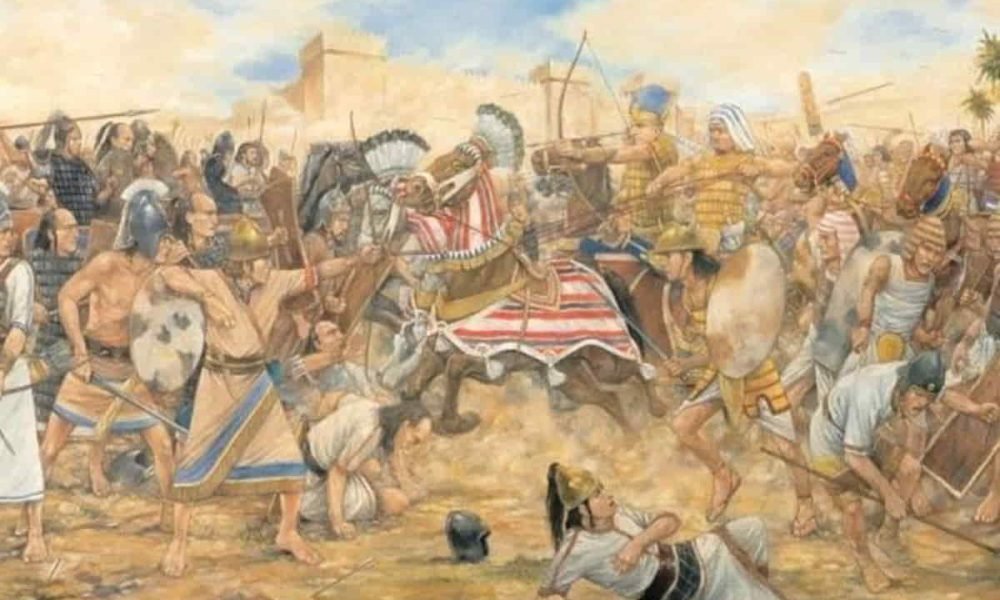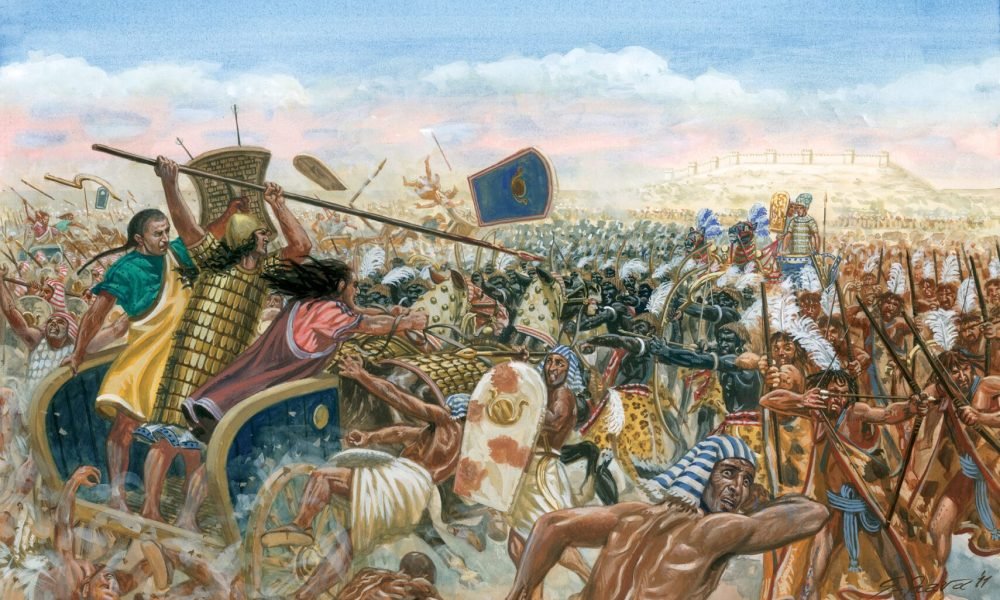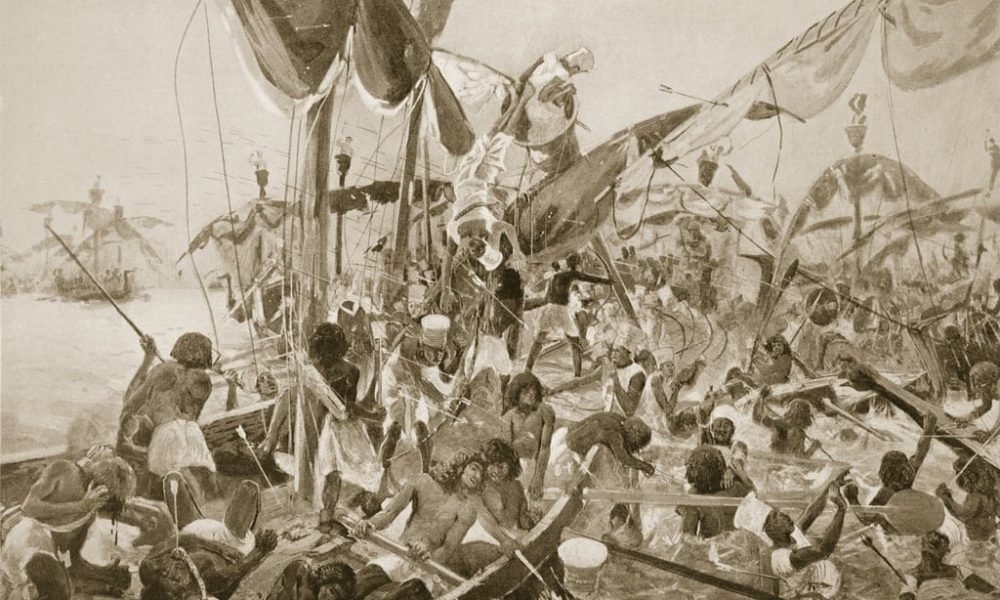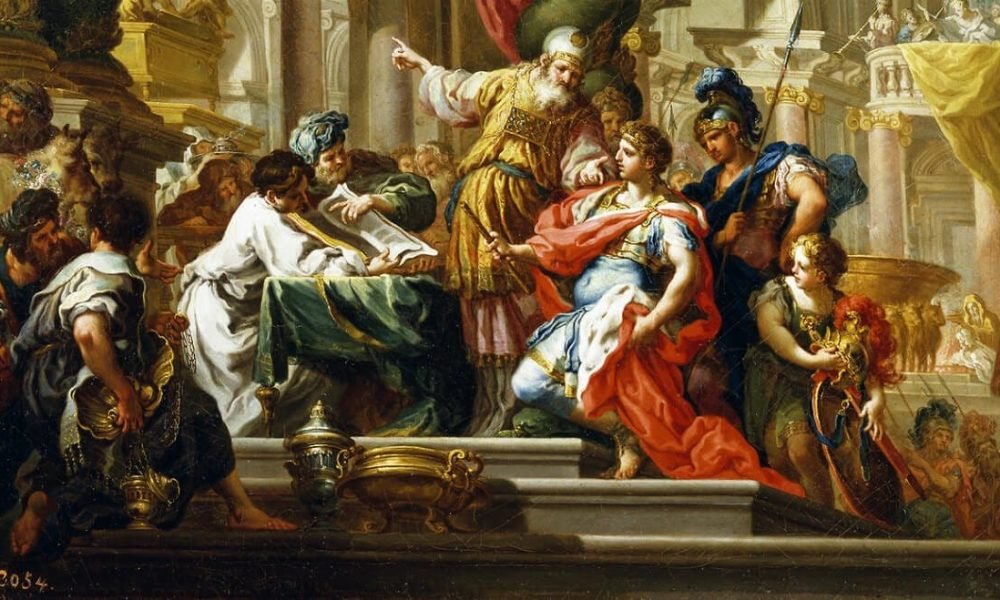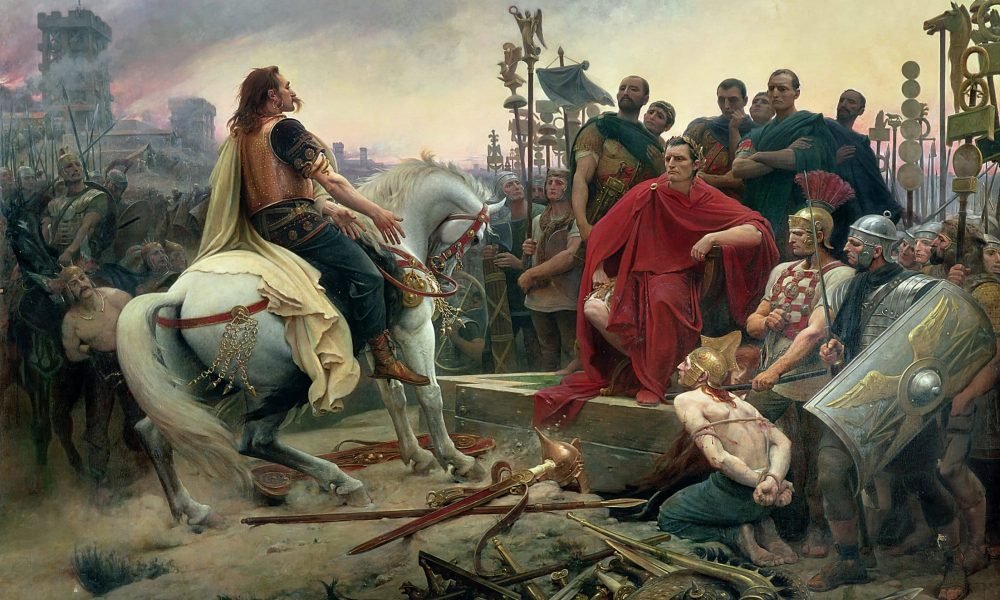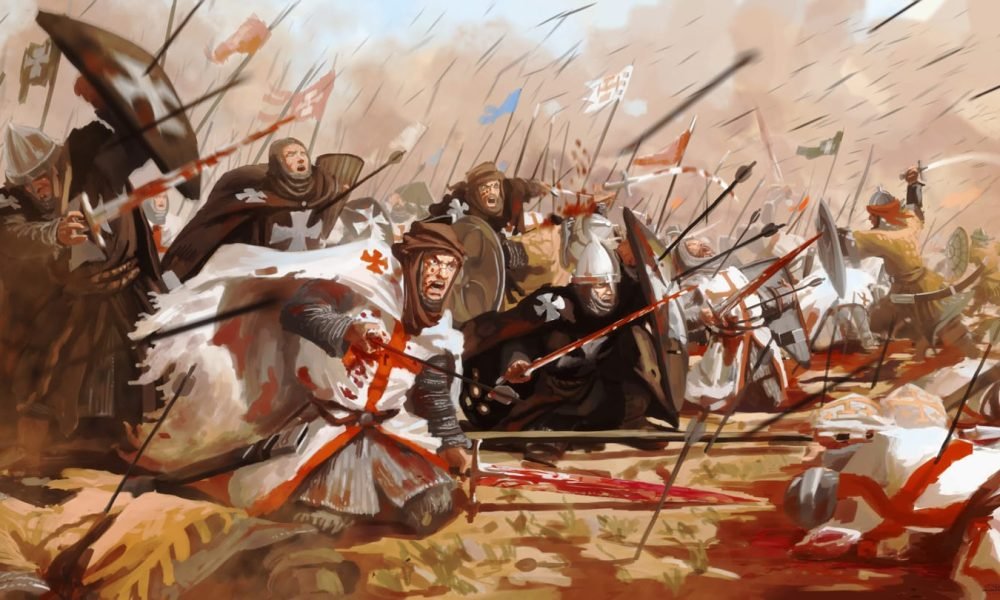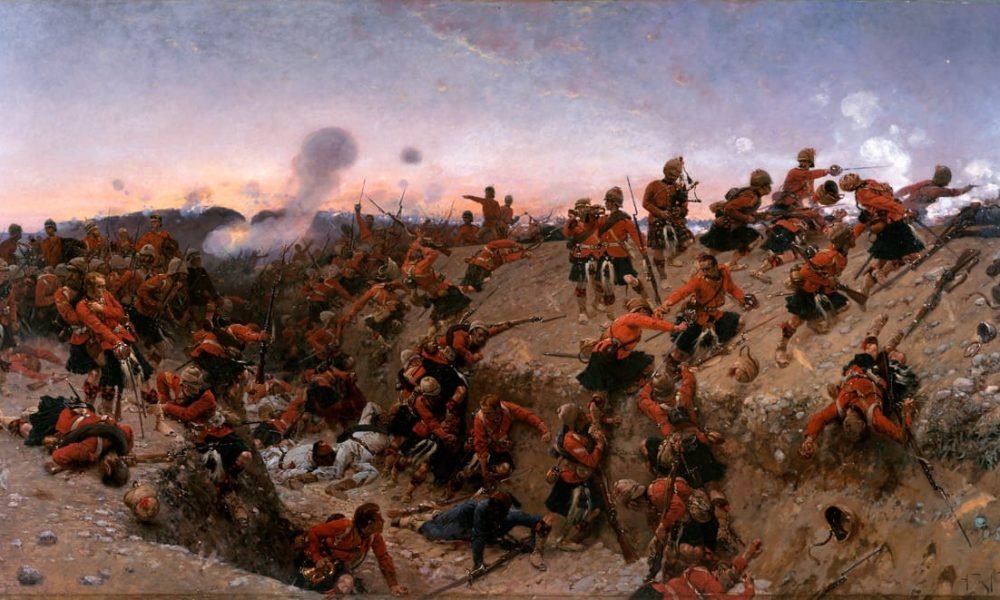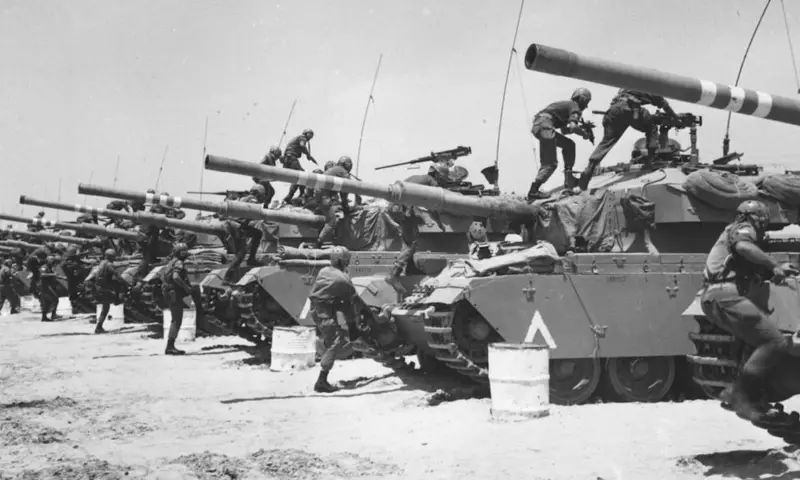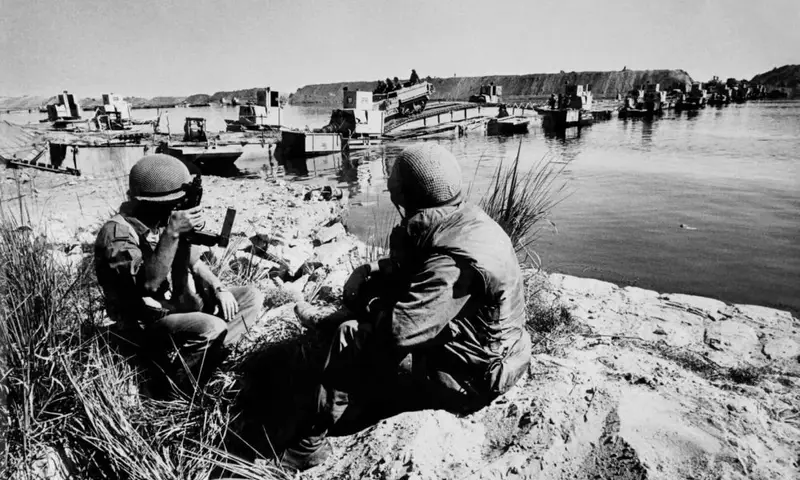The history of Egyptian wars spans thousands of years, from the early dynastic period of ancient Egypt to the modern era. Throughout its long and storied history, Egypt has been at the center of countless military conflicts and challenges. Its strategic geographic location, connecting Africa and the Middle East, made it a crossroads of ancient civilizations, and its military advancements played a crucial role in shaping the region’s history. Ancient Egypt’s military prowess, its kings and pharaohs’ campaigns, and its frequent conflicts with neighboring empires and peoples have left an indelible mark on the country’s history.
From the battles fought during the time of the great pharaohs like Ramesses II, to the fierce wars of the Mamluks, Ottoman Empire, and British Empire, Egypt’s military history is rich and complex. Wars have not only shaped the political landscape of Egypt but also influenced the broader dynamics of the ancient world, as well as the modern Middle East. Here is a comprehensive overview of some of the most significant and transformative wars in Egyptian history, starting with the ancient conflicts of the Pharaohs and continuing through to Egypt’s more modern military engagements.


